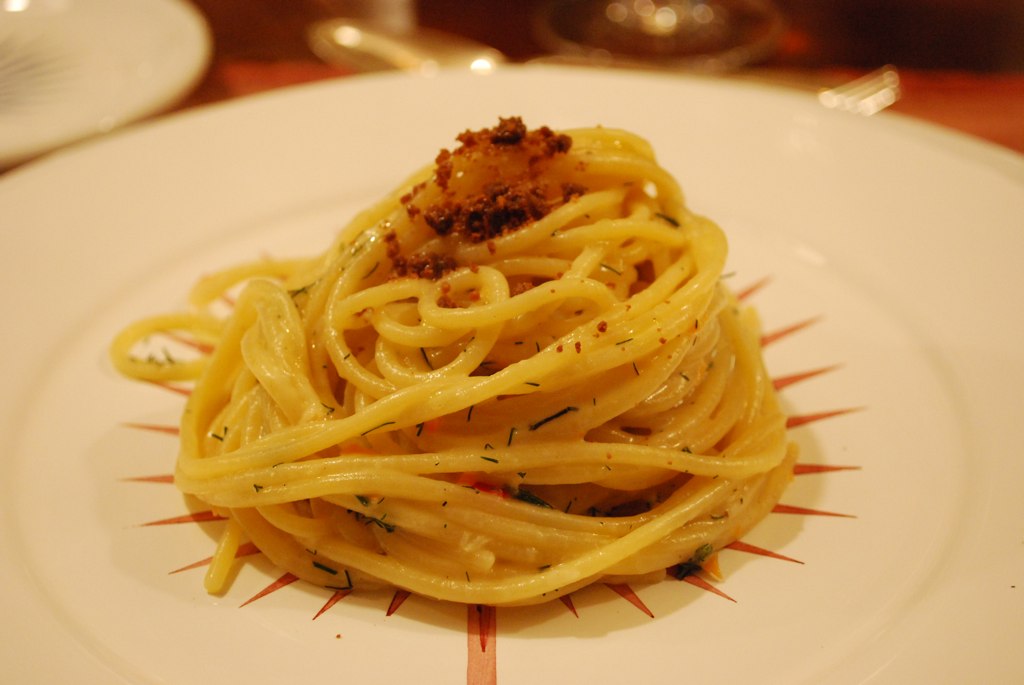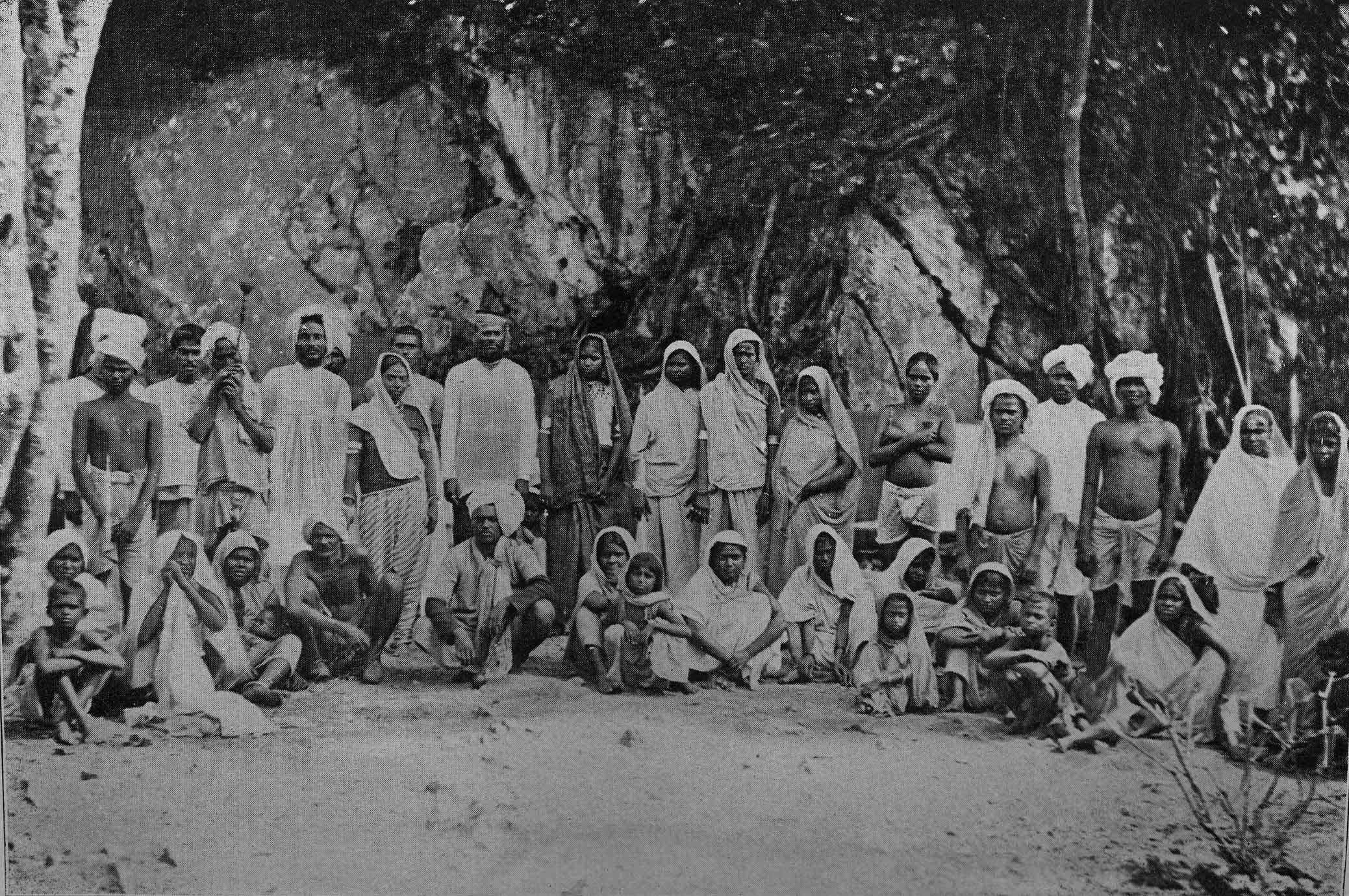|
Boeber
Boeber () is the Cape Malay name for a South African pudding. It has become a traditional Cape Malay sweet, milk drink, made with vermicelli, sago, sugar, and flavoured with cardamom, stick cinnamon, and rose water. The pudding is traditionally served on the 15th night of Ramadan to celebrate the middle of the fast, for those who have completed the first 15 days of fasting. They are also known as people who are (). Origin In South Africa, boeber was originally made by Cape Malays, whose ancestors came from Indonesia, East Africa, and India. Malaysians consume a similar delicacy called bubur lambuk (special porridge) to break their fast in Ramadan. A similar drink called Sawine or Sewine is served in Trinidad and Tobago homes on Eid al-Fitr (the festival marking the end of Ramadan). Globally, there are similar drinks such as Asian kheer and sweet congee. Boeber bears the closest resemblance to kheer or payasam, a dessert hailing from the Indian subcontinent, which is likely to ... [...More Info...] [...Related Items...] OR: [Wikipedia] [Google] [Baidu] |
South Africa
South Africa, officially the Republic of South Africa (RSA), is the southernmost country in Africa. It is bounded to the south by of coastline that stretch along the South Atlantic and Indian Oceans; to the north by the neighbouring countries of Namibia, Botswana, and Zimbabwe; and to the east and northeast by Mozambique and Eswatini. It also completely enclaves the country Lesotho. It is the southernmost country on the mainland of the Old World, and the second-most populous country located entirely south of the equator, after Tanzania. South Africa is a biodiversity hotspot, with unique biomes, plant and animal life. With over 60 million people, the country is the world's 24th-most populous nation and covers an area of . South Africa has three capital cities, with the executive, judicial and legislative branches of government based in Pretoria, Bloemfontein, and Cape Town respectively. The largest city is Johannesburg. About 80% of the population are Black South Afri ... [...More Info...] [...Related Items...] OR: [Wikipedia] [Google] [Baidu] |
Tobago
Tobago () is an List of islands of Trinidad and Tobago, island and Regions and municipalities of Trinidad and Tobago, ward within the Trinidad and Tobago, Republic of Trinidad and Tobago. It is located northeast of the larger island of Trinidad and about off the northeastern coast of Venezuela. It also lies to the southeast of Grenada. The official bird of Tobago is the cocrico. Etymology Tobago was named ''Belaforme'' by Christopher Columbus "because from a distance it seemed beautiful". The Spanish friar Antonio Vázquez de Espinosa wrote that the Kalina people, Kalina (mainland Caribs) called the island ''Urupina'' because of its resemblance to a big snail, while the Island Caribs, Kalinago (Island Caribs) called it ''Aloubaéra'', supposedly because it resembled the ''alloüebéra'', a giant snake which was supposed to live in a cave on the island of Dominica. The earliest known record of the use of the name ''Tabaco'' to refer to the island is a Spanish royal order is ... [...More Info...] [...Related Items...] OR: [Wikipedia] [Google] [Baidu] |
Vermicelli
Vermicelli (; , , also , ) is a traditional type of pasta round in section similar to spaghetti. In English-speaking regions it is usually thinner than spaghetti, while in Italy it is typically thicker. The term ''vermicelli'' is also used to describe various types of thin noodles from Asia. In Vietnam vermicelli is the same as angel hair pasta or ''capellini''. Thickness comparison As defined in Italy: In the United States, the National Pasta Association (which has no links with its Italian counterpart, the Unione Industriali Pastai Italiani) lists vermicelli as a thinner type of spaghetti. The Code of Federal Regulations of the United States of America defines "spaghetti" and "vermicelli" by diameter: History In 14th-century Italy, long pasta shapes had varying local names. Barnabas de Reatinis of Reggio notes in his ''Compendium de naturis et proprietatibus alimentorum'' (1338) that the Tuscan ''vermicelli'' are called ''orati'' in Bologna, ''minutelli'' in Venice, ... [...More Info...] [...Related Items...] OR: [Wikipedia] [Google] [Baidu] |
Afrikaans
Afrikaans (, ) is a West Germanic language that evolved in the Dutch Cape Colony from the Dutch vernacular of Holland proper (i.e., the Hollandic dialect) used by Dutch, French, and German settlers and their enslaved people. Afrikaans gradually began to develop distinguishing characteristics during the course of the 18th century. Now spoken in South Africa, Namibia and (to a lesser extent) Botswana, Zambia, and Zimbabwe, estimates circa 2010 of the total number of Afrikaans speakers range between 15 and 23 million. Most linguists consider Afrikaans to be a partly creole language. An estimated 90 to 95% of the vocabulary is of Dutch origin with adopted words from other languages including German and the Khoisan languages of Southern Africa. Differences with Dutch include a more analytic-type morphology and grammar, and some pronunciations. There is a large degree of mutual intelligibility between the two languages, especially in written form. About 13.5% of the South ... [...More Info...] [...Related Items...] OR: [Wikipedia] [Google] [Baidu] |
Indentured Indian Immigrants
The Indian indenture system was a system of indentured servitude, by which more than one million Indians were transported to labour in European colonies, as a substitute for slave labor, following the abolition of the trade in the early 19th century. The system expanded after the abolition of slavery in the British Empire in 1833, in the French colonies in 1848, and in the Dutch Empire in 1863. British Indian indentureship lasted till the 1920s. This resulted in the development of a large Indian diaspora in the Caribbean, Natal (South Africa), East Africa, Réunion, Mauritius, Sri Lanka, Malaysia, Myanmar, British Guyana, to Fiji, as well as the growth of Indo-Caribbean, Indo-African, Indo-Fijian, Indo-Malaysian, Indo-Guyanese and Indo-Singaporean populations. First indenture On 18 January 1826, the Government of the French Indian Ocean island of Réunion laid down terms for the introduction of Indian labourers to the colony. Each man was required to appear before a m ... [...More Info...] [...Related Items...] OR: [Wikipedia] [Google] [Baidu] |
Congee
Congee or conjee ( ) is a type of rice porridge or gruel eaten in Asian countries. It can be eaten plain, where it is typically served with side dishes, or it can be served with ingredients such as meat, fish, seasonings and flavourings, most often savory, but sometimes sweet. It is typically served as a meal on its own, especially for breakfast or people who are ill. Names for congee are as varied as the style of its preparation, but all are made with rice cooked as a softened porridge with a larger quantity of water than other types of cooked rice like pilaf or claypot rice. Etymology The English word ''congee'' is derived from the Tamil word ''kanji'' (, ''kañci'', ). In Chinese, it is known as ''zhou'' (). It is mentioned in the ''Book of Rites'' and noted in Pliny’s account of India circa 77 CE. Preparation To prepare the dish, rice is boiled in a large amount of water until it softens significantly. Congee can be made in a pot or in a rice cooker. Some rice cookers ... [...More Info...] [...Related Items...] OR: [Wikipedia] [Google] [Baidu] |
Kheer
Kheer, also known as payasam, is a sweet dish and a type of wet pudding popular in the Indian subcontinent, usually made by boiling milk, sugar or jaggery, and rice, although rice may be substituted with one of the following: daals, bulgur wheat, millet, tapioca, vermicelli, or sweet corn. It is typically flavoured with desiccated coconut, cardamom, raisins, saffron, cashews, pistachios, almonds, or other dry fruits and nuts, and recently pseudograins are also gaining popularity. It is typically served as a dessert. Etymology The word ''kheer'' is derived from the Sanskrit word for milk, ''ksheer'' (क्षीर). Kheer is also the archaic name for sweet rice pudding. Origin Kheer was a part of the ancient Indian diet. According to the food historian K. T. Achaya, kheer or ''payas'', as it is known in southern India, was a popular dish in ancient India According to consensus in modern genetics, anatomically modern humans first arrived on the Indian subconti ... [...More Info...] [...Related Items...] OR: [Wikipedia] [Google] [Baidu] |
Eid Al-Fitr
, nickname = Festival of Breaking the Fast, Lesser Eid, Sweet Eid, Sugar Feast , observedby = Muslims , type = Islamic , longtype = Islamic , significance = Commemoration to mark the end of fasting in Ramadan , date = 1 Shawwal , date2019 = 4 June (Saudi Arabia and some other countries) 5 June (Pakistan and some other countries) , date2023 = 21 – 22 April , date2024 = 10 – 11 April , celebrations = Eid prayers, charity, social gatherings, festive meals, gift-giving, dressing up, Lebaran , relatedto = Ramadan, Eid al-Adha Eid al-Fitr (; ar, عيد الفطر, Eid al-Fiṭr, Holiday of Breaking the Fast, ) is the earlier of the two official holidays celebrated within Islam (the other being Eid al-Adha). The religious holiday is celebrated by Muslims worldwide because it marks the end of the month-long dawn-to-sunset fasting of Ramadan. It falls on the first day of Shawwal in the Islamic calendar; this does ... [...More Info...] [...Related Items...] OR: [Wikipedia] [Google] [Baidu] |
Trinidad
Trinidad is the larger and more populous of the two major islands of Trinidad and Tobago. The island lies off the northeastern coast of Venezuela and sits on the continental shelf of South America. It is often referred to as the southernmost island in the West Indies. With an area of , it is also the List of Caribbean islands by area, fifth largest in the West Indies. Name The original name for the island in the Arawak language, Arawaks' language was which meant "Land of the Hummingbird". Christopher Columbus renamed it ('The Island of the Holy Trinity, Trinity'), fulfilling a vow he had made before setting out on his third voyage. This has since been shortened to ''Trinidad''. History Island Caribs, Caribs and Arawaks lived in Trinidad long before Christopher Columbus encountered the islands on his third voyage on 31 July 1498. The island remained Spanish until 1797, but it was largely settled by French colonists from the French Caribbean, especially Martinique.Besson, ... [...More Info...] [...Related Items...] OR: [Wikipedia] [Google] [Baidu] |
Cape Malay
Cape Malays (, in Arabies script) also known as Cape Muslims or Malays, are a Muslim community or ethnic group in South Africa. They are the descendants of enslaved and free Muslims from different parts of the world who lived at the Cape during Dutch and British rule. Although the initial members of the community were from the Dutch colonies of South East Asia, by the 1800s the term ''Malay'' encompassed all practicing Muslims at the Cape, regardless of origin. They initially used Malay as a ''lingua franca'' and language of religious instruction, and this was one of the likely reasons that the community were referred to as ''Malays''. Malays are concentrated in the Cape Town area. Cape Malay cuisine forms a significant part of South African cuisine, and the community played an important part in the history of Islam in South Africa. The community played a part in developing Afrikaans as a written language, initially using an Arabic script. "Malay" was legally a subcategory ... [...More Info...] [...Related Items...] OR: [Wikipedia] [Google] [Baidu] |






.jpg)

